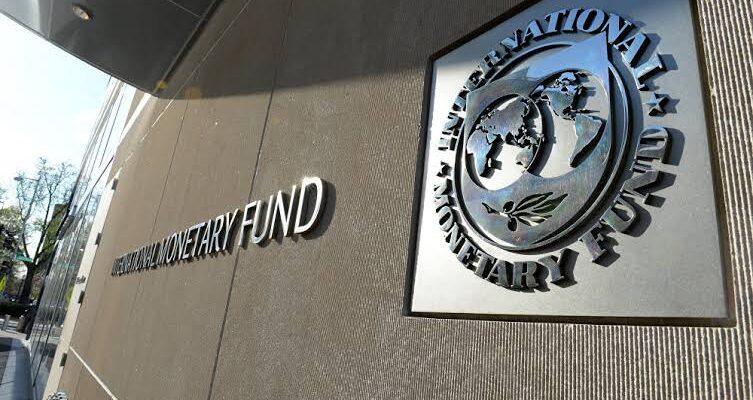The International Monetary Fund (IMF) has revised Nigeria’s economic growth forecast for 2025 upward to 3.4 per cent, representing an increase of 0.4 percentage points from its earlier projection of 3.0 per cent in April.
This adjustment is contained in the IMF’s July 2025 edition of the World Economic Outlook (WEO), which reflects a more optimistic view of Nigeria’s economic trajectory, underpinned by improved oil production and stronger performance in the services sector.
Similarly, the Fund also raised its 2026 growth forecast for Nigeria to 3.2 per cent, up by 0.5 percentage points from the previous estimate of 2.7 per cent in April.
The WEO report also shows upward revisions in global and regional growth expectations. Global economic growth is now projected at 3.0 per cent in 2025, up by 0.2 percentage points from the April forecast, and 3.1 per cent in 2026, representing a 0.1 percentage point increase.
For Sub-Saharan Africa, the IMF now expects the region to grow by 4.0 per cent in 2025 and 4.3 per cent in 2026. These projections reflect respective increases of 0.2 and 0.1 percentage points from the April outlook.
“Growth is expected to be relatively stable in 2025 in sub-Saharan Africa at 4.0 per cent, before picking up to 4.3 per cent in 2026,” the IMF stated.
Reacting to the revised forecast for Nigeria, Tunde Abidoye, Head of Equity Research at FBNQuest Merchant Bank, noted that the IMF’s 3.4 per cent growth projection aligns with the bank’s internal estimates based on data from the National Bureau of Statistics (NBS).
“I believe the upward revision likely reflects improved oil production and the strong performance of services,” Abidoye said. “That said, the range-bound single-digit growth rate still suggests cautious optimism, as the pace of growth remains modest relative to the scale of Nigeria’s economic challenges, particularly poverty.”
The IMF’s latest revisions come amid ongoing reforms and efforts by the Nigerian government to stabilize the economy and boost investor confidence, as the country continues to grapple with inflation, foreign exchange volatility, and structural constraints.

Comments